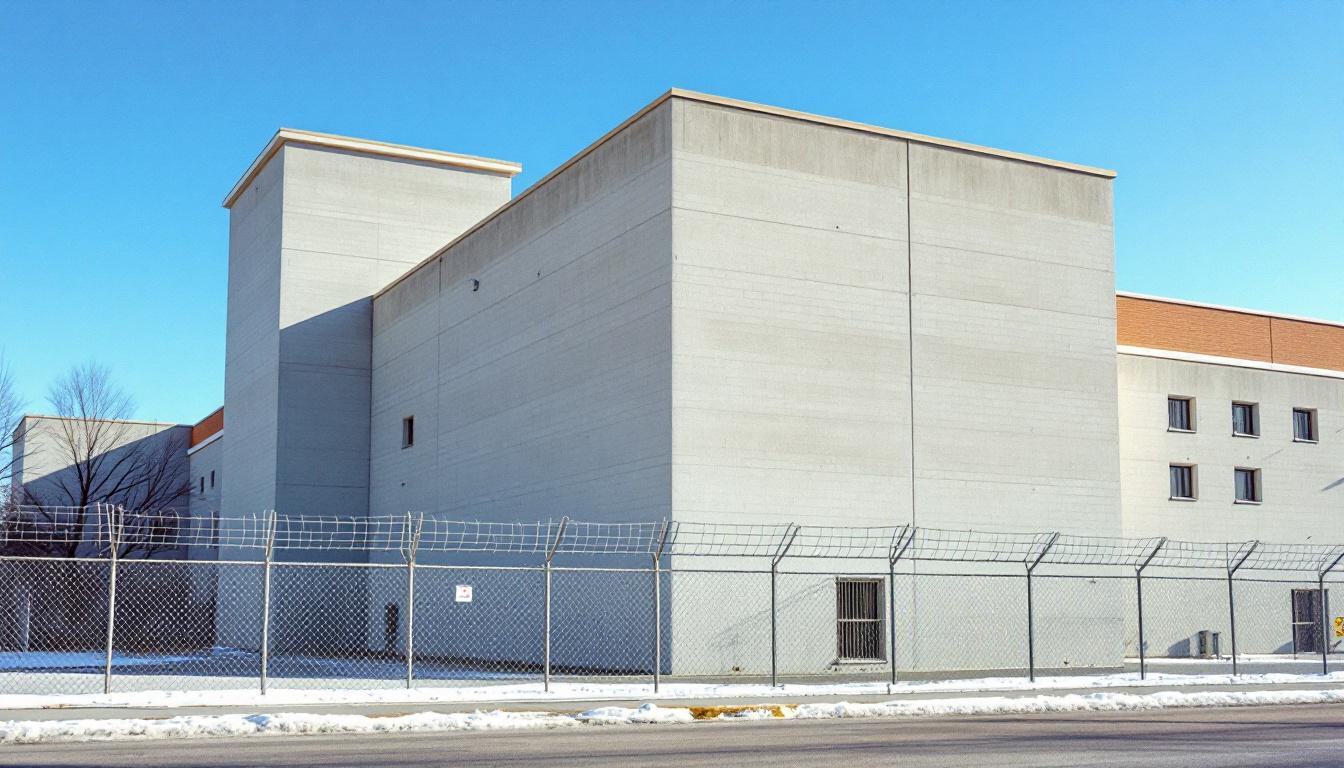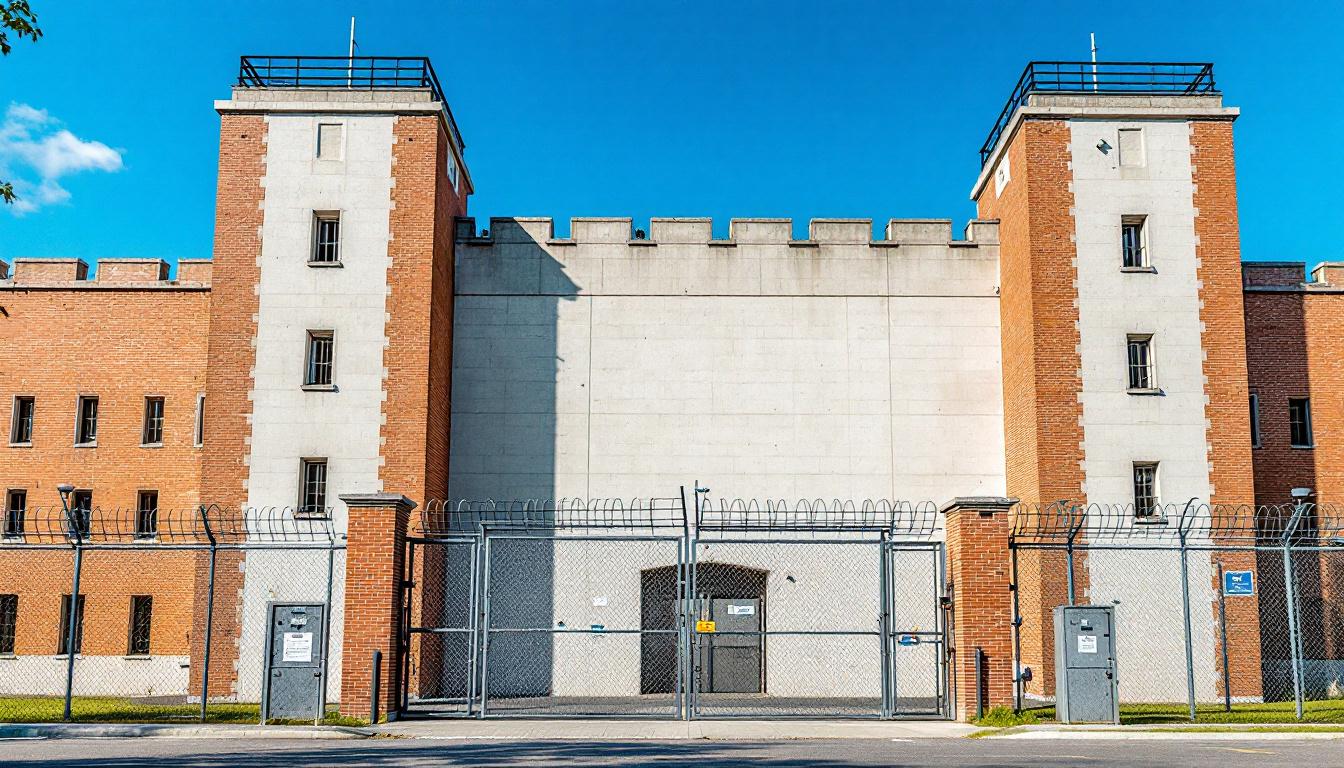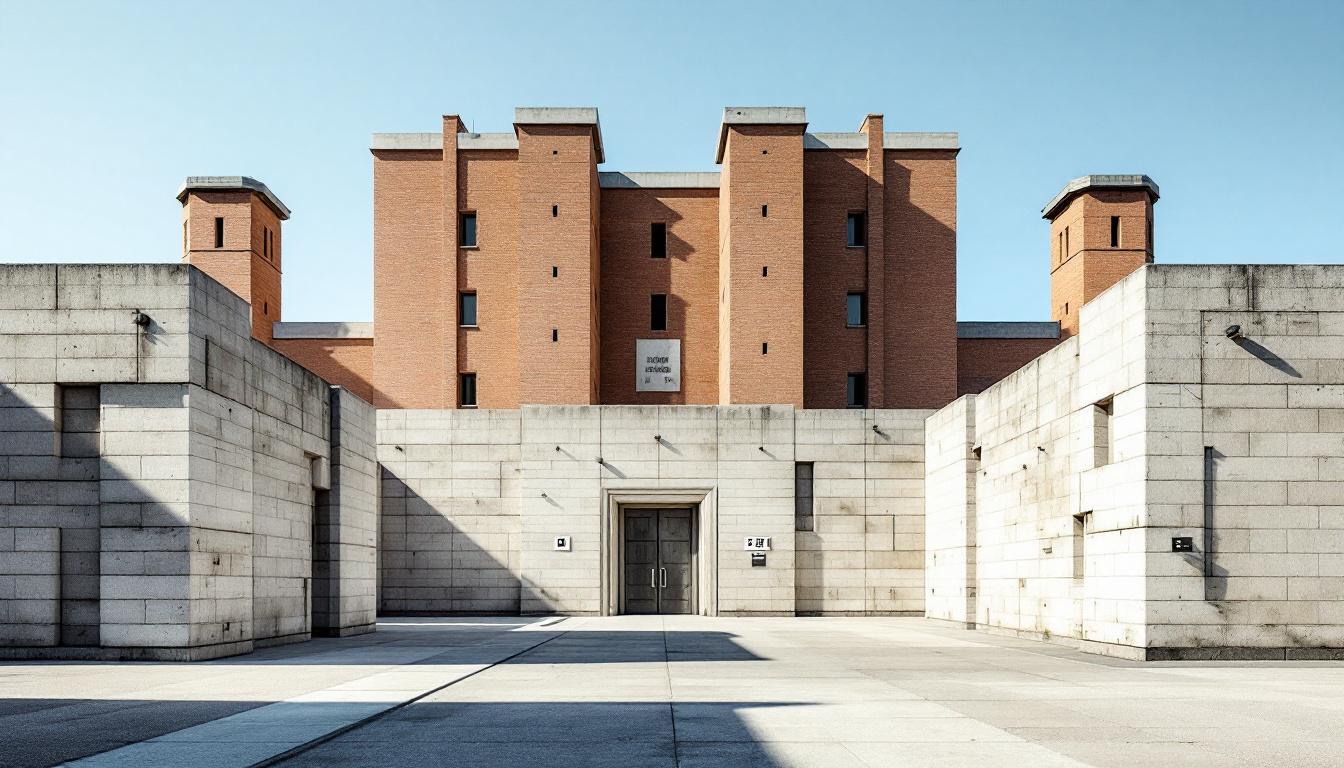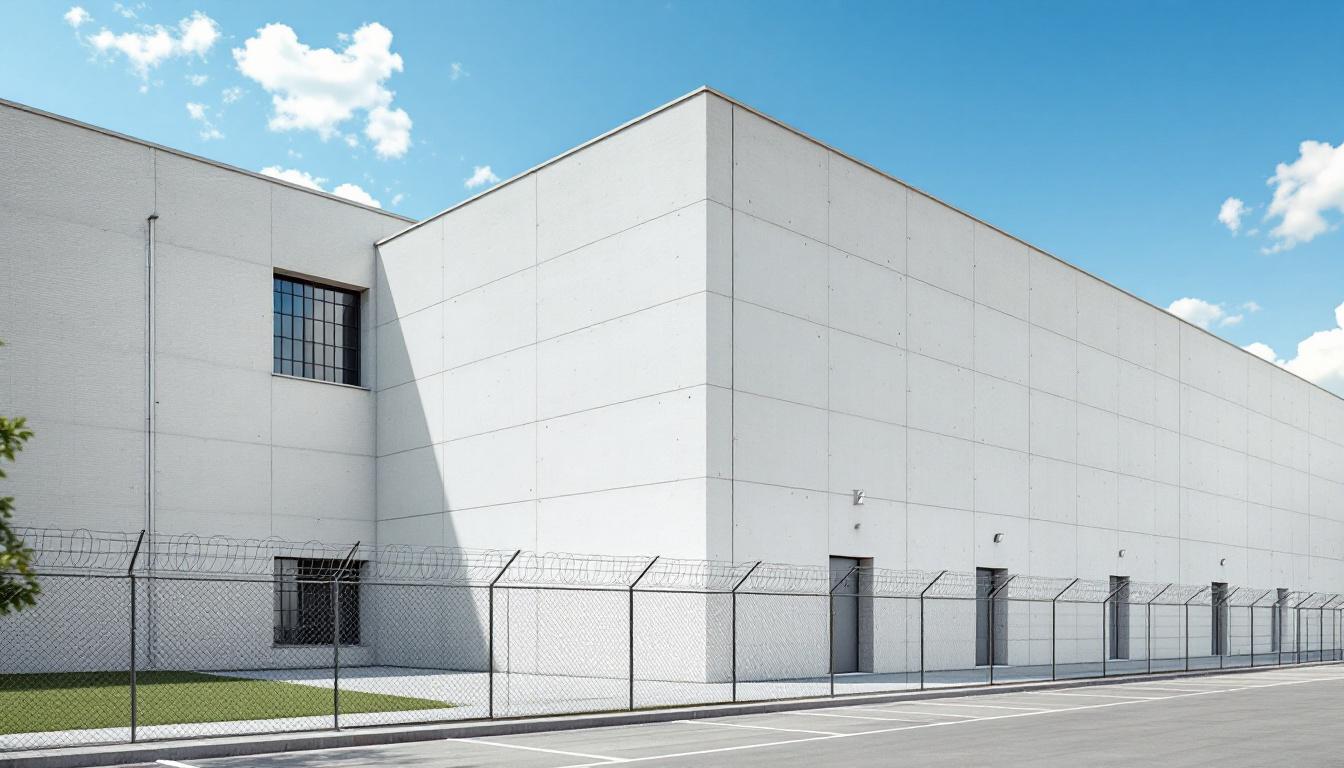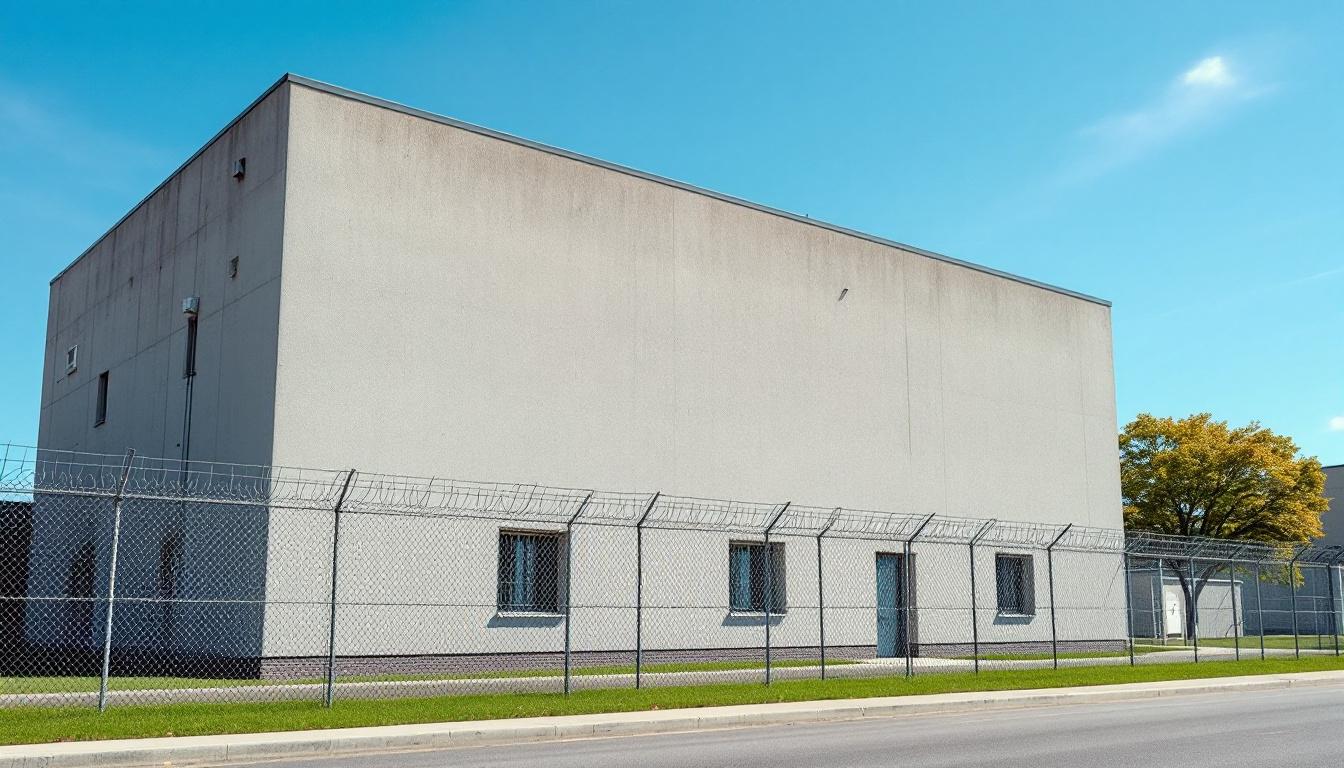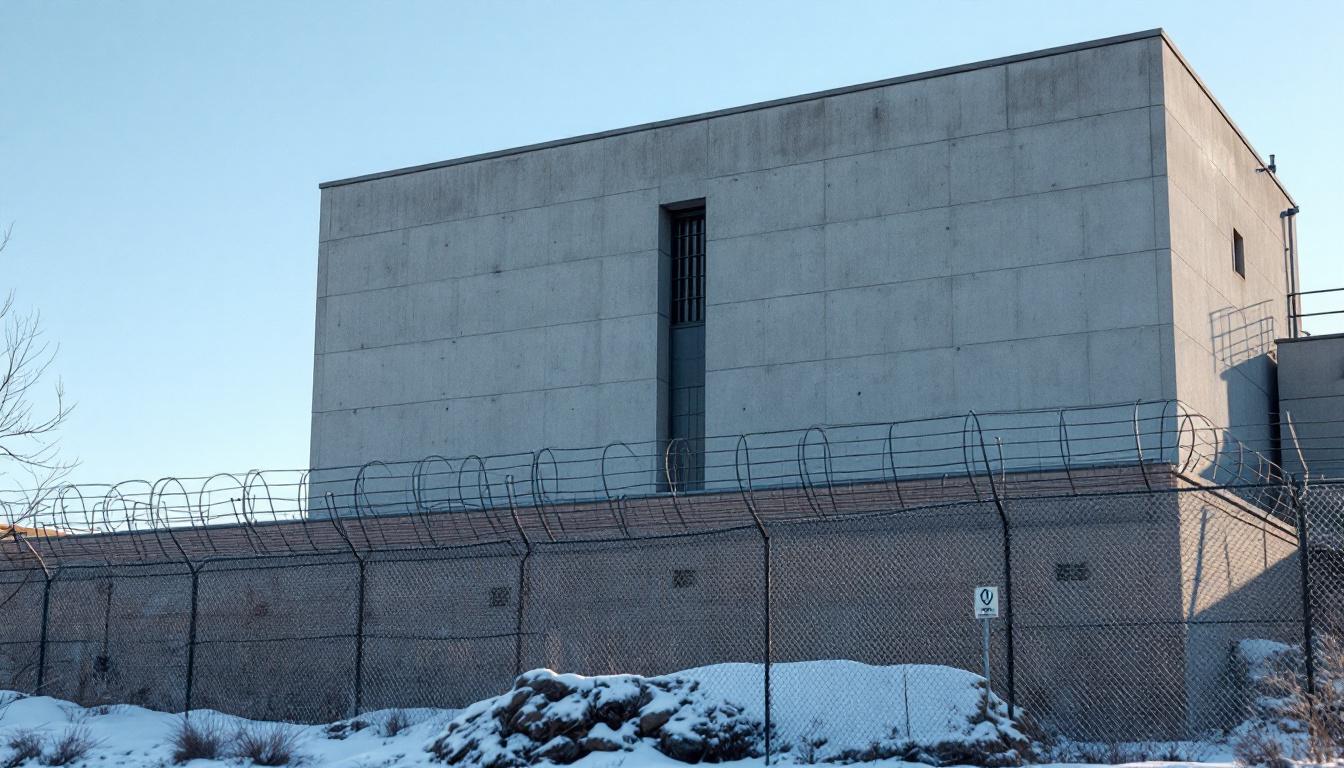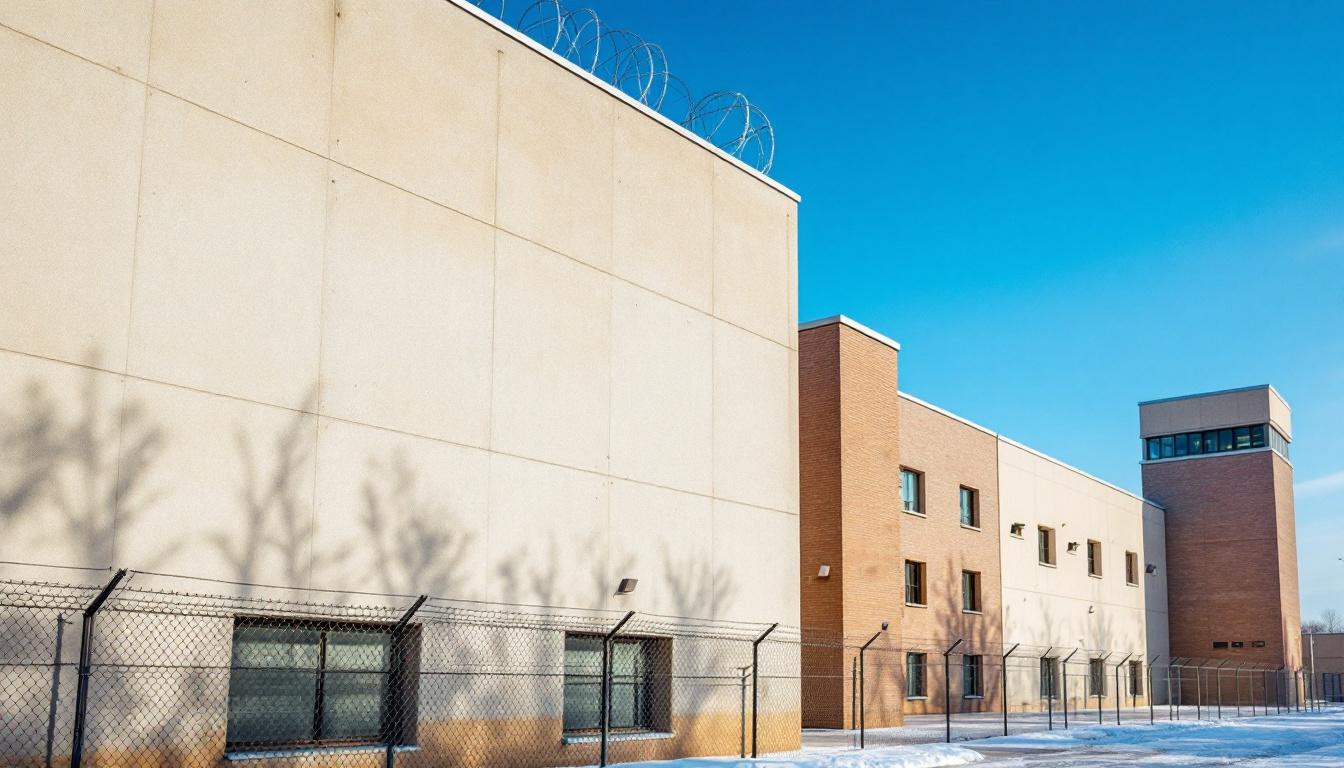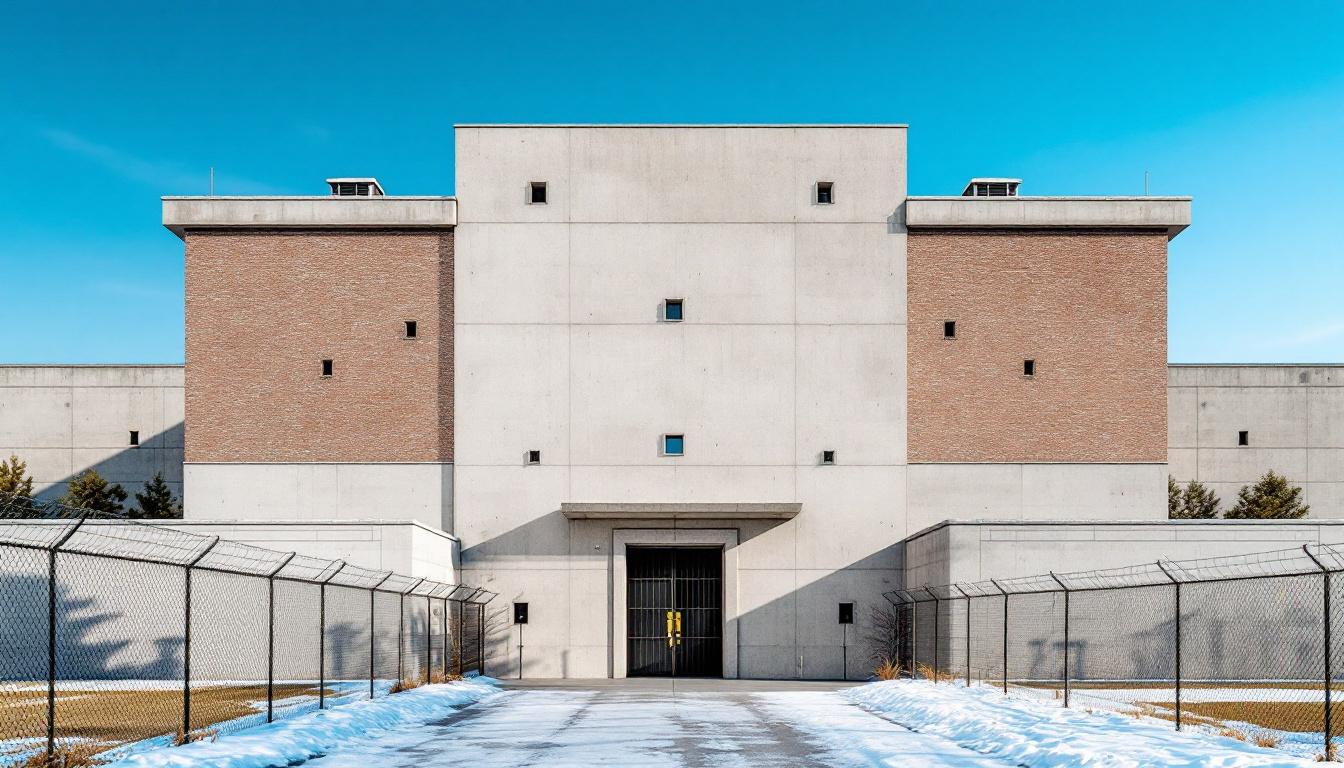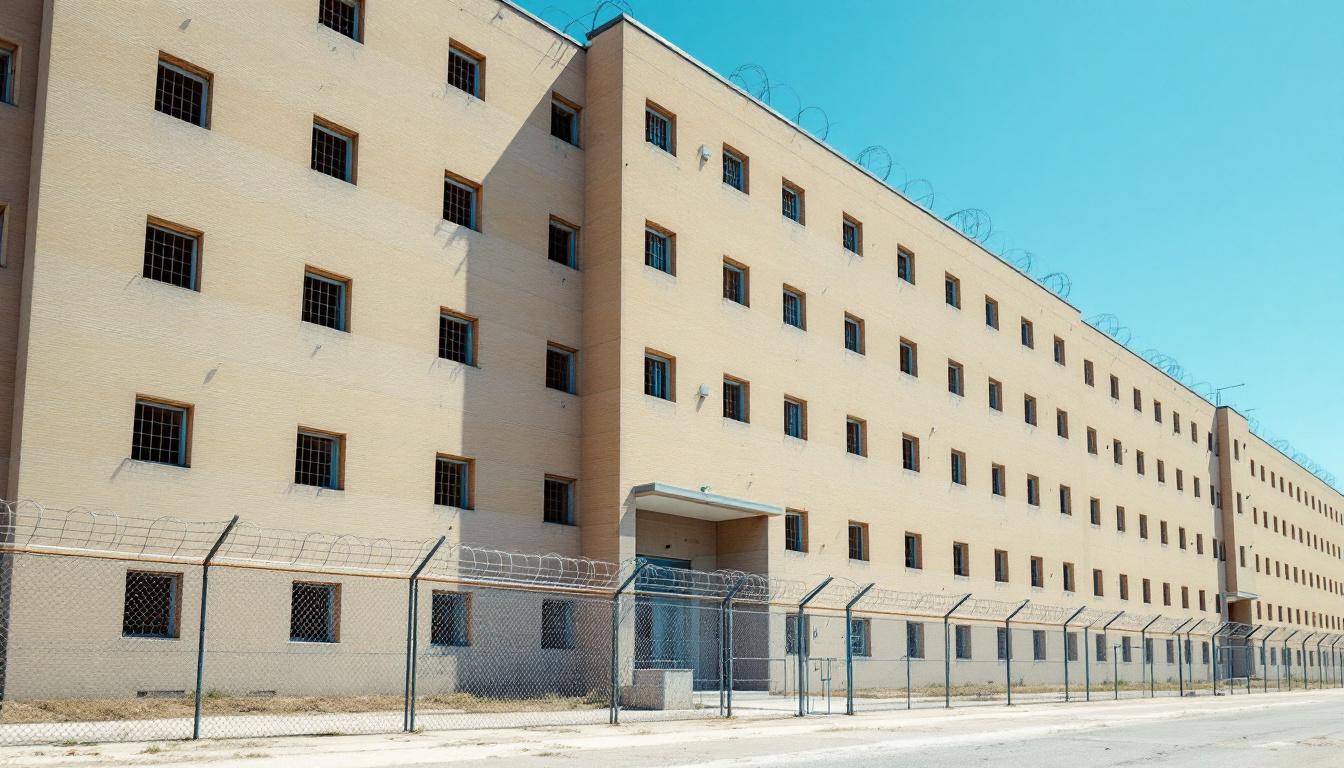
Quick Navigation
How to contact an inmate at Colleton County Jail
This comprehensive guide will walk you through how to connect with an inmate at Colleton County Jail. Follow the steps below to find an inmate and send letters and photos:
- Search for the inmate using our search tool below
- Create your account or log in to Penmate
- Write your message (up to 6,000 characters)
- Send instantly - inmates receive printed copies daily
Find an Inmate
Search for an inmate to start communicating today
Tip: You can search by first name, last name, or inmate ID number
To contact a person at Colleton County Jail start by searching for the person on the official facility website. Perform a search by following these steps:
- Step 1: Enter their first name and last name into the search form and click "Search"
- Step 2: Locate their inmate record
- Step 3: Write down their Inmate ID and any housing information provided
Important! Be sure to enter the person's full name. Nicknames should not be used.
How to Send Messages to Inmates

You can use your phone or computer to send emails, letters, and photos to an inmate. Messages are sent electronically to inmate tablets or kiosks at the facility. If you would like to send a message, start by searching for an inmate at Colleton County Jail.
Sending Photos and Postcards

A great way to send love and support to a loved one at Colleton County Jail is to send photos and postcards. It only takes a few minutes to send photos from your phone and it makes a huge difference. You can also mail postcards with words of support and inspiration, or design your own postcard for special moments like birthdays and holidays.
Important! Be sure not to send any explicit photos or they may not be approved by the facility. You can also use a photo printing app like Penmate to make sure your photos are printed at the correct size (4x6 or 3x5) and are mailed according to the rules and regulations of Colleton County Jail.
Frequently asked questions about Colleton County Jail
-
How long does it take to deliver a message?
If you're sending an email message your letter is usually delivered within 24-48 hours. For messages sent via mail you should expect delivery within 3-7 days. All messages will need be approved by Colleton County Jail.
-
How much does it cost to send a message to Colleton County Jail?
You can send a message free using your phone or mail a message via USPS for the price of a $0.60 stamp and envelope. You can also purchase credits or e-stamps from services starting at $1.99.
-
What services can I use to contact an inmate at Colleton County Jail?
Penmate
You can use Penmate to send letters and photos to an inmate from your phone. It's an easy way to stay in touch during your loved one's incarceration. Use the inmate locator to find an inmate's location and contact information, then you can send messages within a few minutes.
Securus messaging
Securus may be another option for communicating with an inmate at Colleton County Jail. You can create a friends and family account and purchase credits to send messages. All messages will be reviewed and must be approved by the facility.
JPay
Some county jails and state prisons may support sending messages with JPay. You must register an account with the system, find your loved one, and purchase stamps to send messages. For some locations you can also attach photos.
Smart Jail Mail
You may also check if Smart Jail Mail is available at Colleton County Jail. Smart Jail Mail is operated by Smart Communications and has contracted with some state and county jails. After purchasing credits, your messages and photos are sent to the facility, printed out, and then handed out to your loved one.
-
What is the mailing address of Colleton County Jail?
Mailing address:
Colleton County Jail
22 Klein St
Walterboro, SC 29488
Phone: (843) 549-5742 -
What are the visiting hours at Colleton County Jail?
Visiting hours at Colleton County Jail vary by housing unit and security level. Generally, visits are scheduled on weekends and holidays, with some facilities offering weekday visits. Contact the facility directly at (843) 549-5742 or check their website for the current visiting schedule. Visits typically last 30-60 minutes and must be scheduled in advance.
-
What items are prohibited when sending mail to Colleton County Jail?
Prohibited items typically include: cash, personal checks, stamps, stickers, glitter, glue, tape, staples, paperclips, polaroid photos, musical or blank greeting cards, hardcover books, magazines with staples, and any items containing metal or electronics. Only send letters on plain white paper with blue or black ink. Photos must be printed on regular photo paper (no Polaroids). Always check with Colleton County Jail for their specific mail policies.
-
How do I send money to an inmate at Colleton County Jail?
You can send money to an inmate at Colleton County Jail through several methods: 1) Online using JPay, Access Corrections, or the facility's approved vendor, 2) Money orders mailed directly to the facility with the inmate's name and ID number, 3) Kiosks located in the facility lobby, or 4) Over the phone using a credit or debit card. Fees vary by method, typically ranging from $2.95 to $11.95 per transaction.
-
Can I schedule a video visit with an inmate at Colleton County Jail?
Many facilities now offer video visitation as an alternative to in-person visits. At Colleton County Jail, video visits may be available through services like Penmate, Securus Video Connect, GTL, or ICSolutions. Video visits typically cost $10-20 for 20-30 minutes and must be scheduled in advance. You'll need a computer or smartphone with a camera and reliable internet connection. Contact the facility for their specific video visitation policies and approved vendors.
-
What identification do I need to visit an inmate at Colleton County Jail?
All visitors must present valid government-issued photo identification such as a driver's license, state ID, passport, or military ID. Minors must be accompanied by a parent or legal guardian who can provide the minor's birth certificate. Some facilities require visitors to be on the inmate's approved visitation list, which may require a background check. Contact Colleton County Jail for specific ID requirements and visitor approval procedures.
-
How can I find out an inmate's release date?
To find an inmate's release date at Colleton County Jail, you can: 1) Use the online inmate search tool if available, 2) Call the facility's records department, 3) Contact the inmate's case manager or counselor, or 4) Have the inmate provide this information during a call or visit. For privacy reasons, some facilities only release this information to immediate family members.
Facility Overview
Official Website
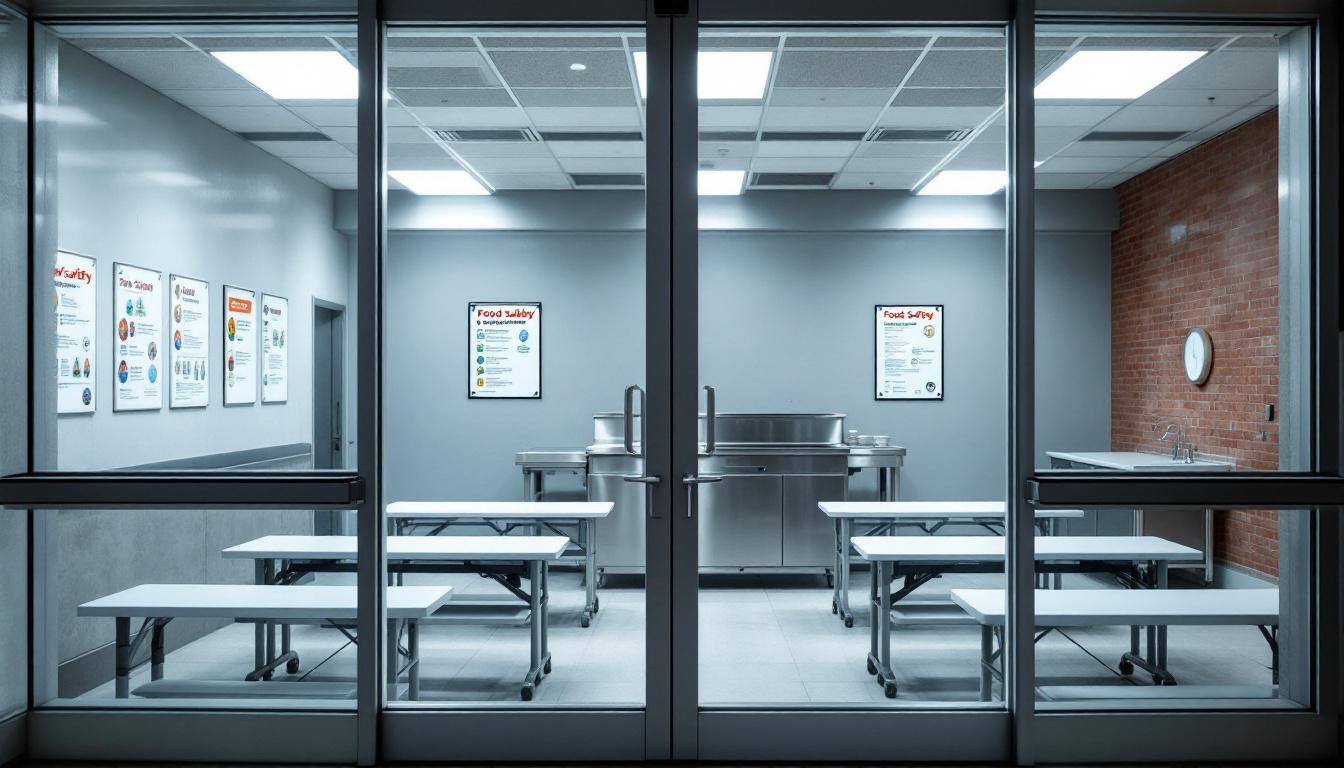
About Colleton County Jail
Community safety and successful reintegration form the cornerstone of operations at Graham-Camille Griffin Correctional, SC, where collaborative partnerships with local organizations help bridge the gap between incarceration and community return. Located in Columbia, this SC correctional facility operates within South Carolina's broader correctional framework, emphasizing both secure custody and meaningful preparation for eventual release. The facility typically works alongside community stakeholders to develop programming that addresses the diverse needs of its population while maintaining the security standards expected of state correctional institutions.
Inmates services at Graham-Camille Griffin Correctional generally encompass educational opportunities, vocational training programs, and behavioral intervention initiatives designed to support personal growth and skill development. The correctional facility may offer substance abuse counseling, mental health support, and life skills programming that often proves essential for successful community reintegration. Columbia's proximity to various educational and social service resources can provide additional collaborative opportunities, though specific partnerships may vary based on availability and institutional needs.
The facility's approach to rehabilitation typically balances accountability with opportunity, recognizing that effective correctional programming requires both structure and support. Staff generally work to create an environment where individuals can address underlying issues that may have contributed to their incarceration while developing practical skills for their eventual return to the community. This dual focus on security and rehabilitation reflects broader trends in modern correctional practice, where the goal extends beyond simple containment to include meaningful preparation for life after release.
Programs & Services
Personal growth and rehabilitation form the cornerstone of service delivery at Graham-Camille Griffin Correctional, where inmates have access to comprehensive resources designed to foster meaningful change. The facility typically emphasizes a holistic approach to development, recognizing that successful reintegration requires addressing multiple aspects of an individual's life. Through structured services and ongoing support, participants may engage in transformative experiences that build essential life skills and promote positive behavioral changes.
Educational services often serve as a foundation for personal development, with inmates having opportunities to pursue academic advancement through various learning programs. These educational resources may include basic literacy instruction, GED preparation, and other academic coursework that helps participants build confidence and expand their knowledge base. Also, vocational programs typically provide hands-on training in practical skills that enhance employment prospects upon release. Food service operations may offer specialized training opportunities, allowing inmates to develop culinary and food safety skills while contributing to facility operations.
Support services play a crucial role in addressing the emotional and spiritual needs of the inmate population. Faith-based initiatives often provide guidance and community connection, helping participants find meaning and direction during their incarceration. Parenting classes may focus on developing healthy family relationships and effective communication skills, which can strengthen bonds with children and loved ones. Also, peer support groups typically create opportunities for inmates to share experiences and learn from one another in a structured environment, fostering accountability and mutual encouragement throughout their rehabilitation journey.
Daily Life & Visitation

The structured environment within the housing units at Graham-Camille Griffin Correctional shapes every aspect of inmate life through carefully regulated schedules and procedures. Inmates currently follow established daily routines that begin with early morning counts and continue through designated periods for meals, work assignments, and programming activities. The facility typically maintains consistent schedules that provide structure while allowing inmates to adapt to institutional expectations and requirements.
Living accommodations generally consist of shared cells or dormitory-style housing units, where inmates learn to navigate limited personal space and communal living arrangements. The dining hall serves meals at scheduled times throughout the day, with inmates typically eating together in designated seating areas under staff supervision. Personal property allowances usually include basic necessities and approved items that can be purchased through the commissary system, helping inmates maintain some personal comfort within the institutional setting.
Also available are various recreational opportunities that may include outdoor exercise periods, indoor activities, and structured programming designed to provide constructive use of time. Work assignments often include facility maintenance, kitchen duties, and other institutional operations that help inmates develop routine and responsibility. However, family connections remain vital through scheduled visitation periods and approved communication methods such as phone calls and correspondence, which provide important emotional support and help inmates maintain relationships with loved ones during their incarceration.
Ready to Connect?
Start communicating with your loved one today
Search for an Inmate
